Skateboarding in swimming pools: the case of Alvar Aalto’s Villa Mairea
A family of shows at Aalto2 Museum Centre explores skateboarding in swimming pools through the case study of Alvar Aalto’s Villa Mairea in Finland
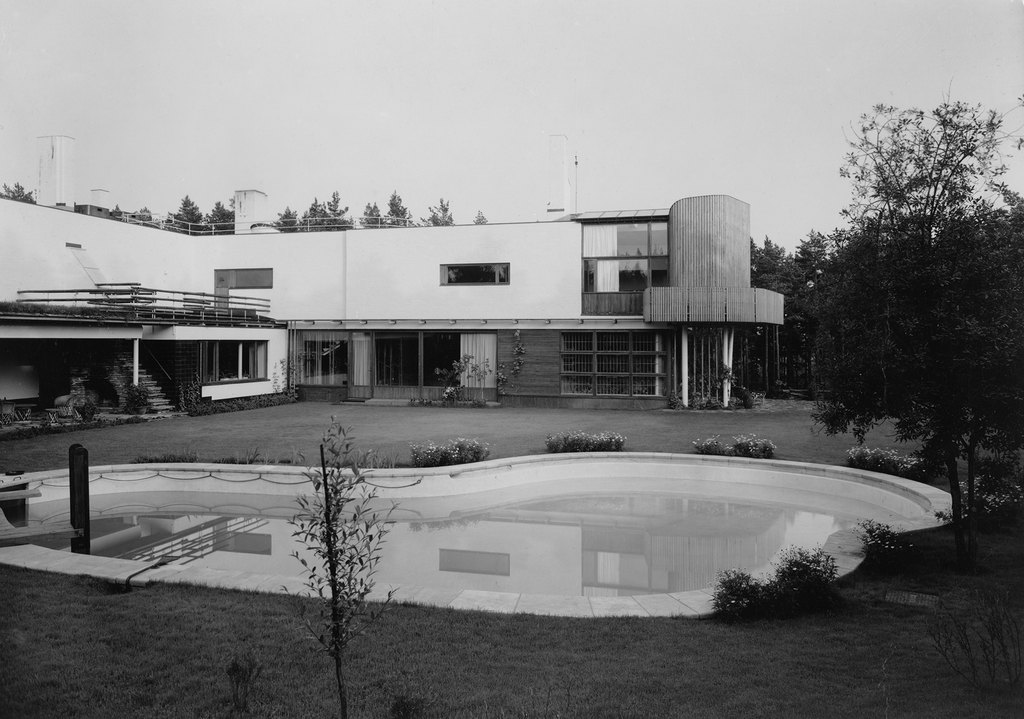
Exploring skateboarding in swimming pools, a series of exhibitions is opening this weekend at the Aalto2 Museum Centre in Jyväskylä, Finland. The shows zoom into the enduring – and possibly unexpected – legacy of Finnish modernist architecture master Alvar Aalto on the culture of skateboarding.
In 1939, Aalto – in collaboration with his wife, Aino – designed Villa Mairea, an experimental private home in rural southwestern Finland. In its grounds, he integrated a kidney-shaped concrete swimming pool that has since become iconic – both as a precursor to the rise of similar midcentury pool designs, and as a structure that would be unexpectedly adapted by skateboarders in the US as a perfect basin to skate in.

The iconic swimming pool of Villa Mairea
‘The Pool’: skateboarding in swimming pools, Alvar Aalto, and more
The exhibitions, under the banner ‘The Pool’, start with ‘From the Surf to the Sidewalk – When Skateboarding Culture and Architecture Meet’. Tracing how this pool design became synonymous with skateboarding culture in California, it aims to place Aalto’s architectural output in a broader cultural and social context.
The pool at Villa Mairea is thought to be the first kidney-shaped pool in the world. It was unusual for its free-flowing form, curved bowl basin, and lack of any sharp angles or corners. Almost a decade later, a similar design was adopted by US landscape architect Thomas Church, who was friends with Aalto, for the swimming pool of the Donnell Garden in Sonoma, California, which he designed in 1948 with architects Lawrence Halprin and George Rockrise.
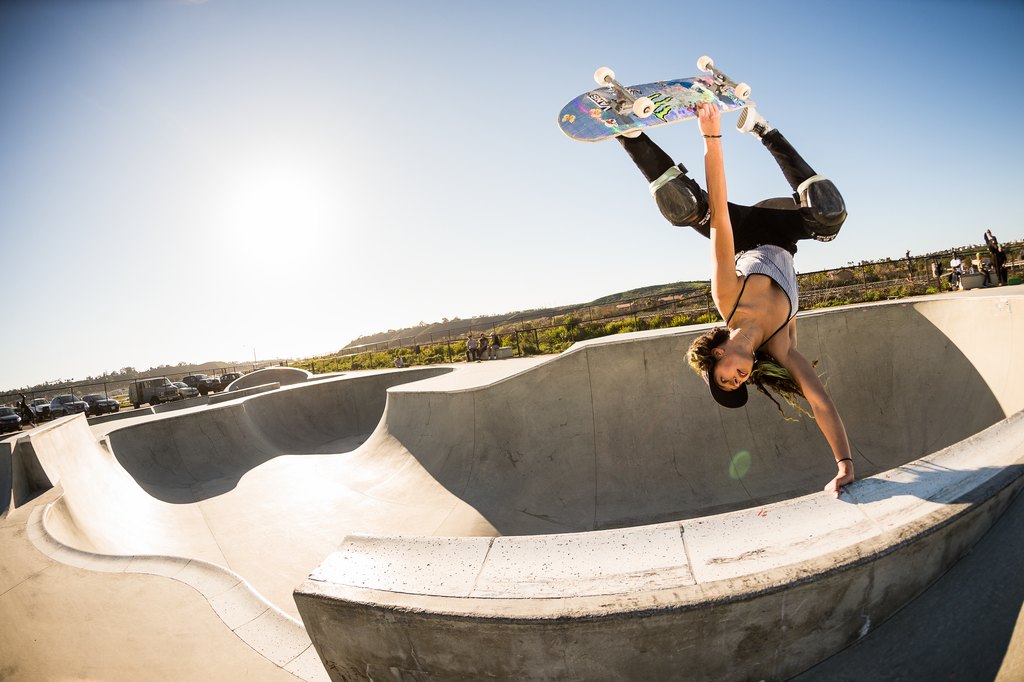
Skateboarder Lizzie Armanto mid-move
Taking a radically new shape to the prevalent rectilinear style, the Donnell Garden pool influenced a wave of architects, soon becoming a symbol of the leisure-focused modernist suburban architectural garden. ‘It was one of the key projects of California modernism,’ says exhibition curator Juho Haavisto.
By the 1970s, gardens across the state were dotted with similar pools, and when the drought of 1976 hit, many of them were left empty. Skateboarders soon realised these concrete basins were perfect for skating and developing tricks in, birthing a culture of skateboarding in which bowls – and their related half-pipes – are core components of practising and skatepark design.
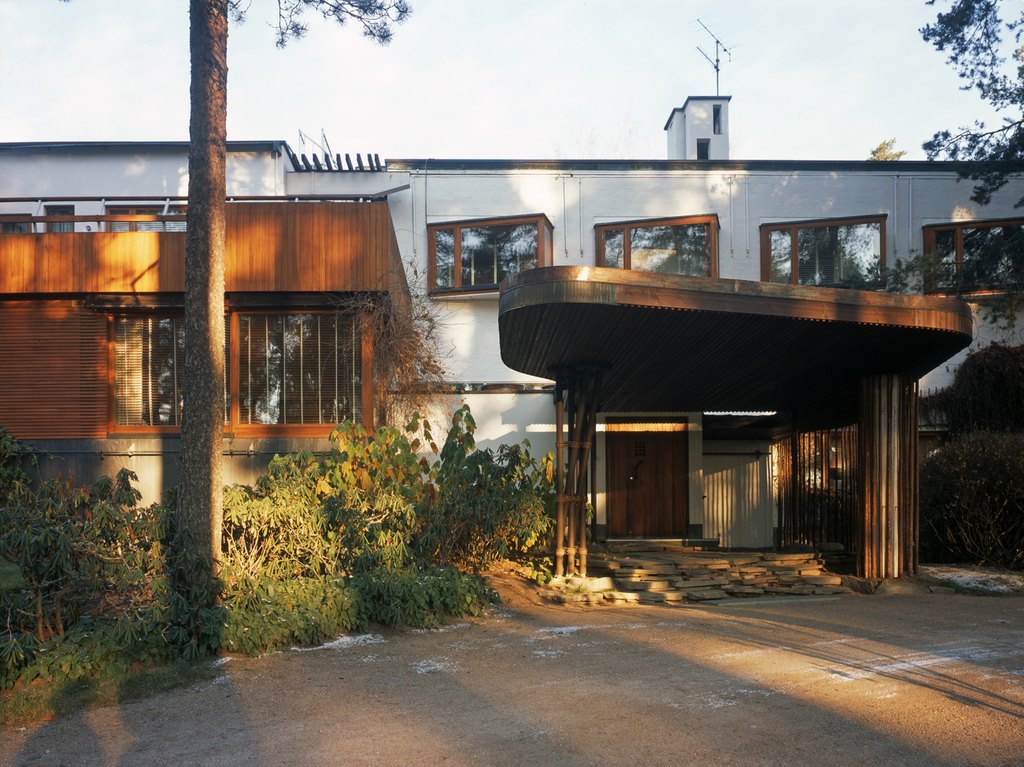
Villa Mairea's main entrance
‘The built environment is physically crucial to skateboarding,’ says Haavisto. ‘You need concrete, asphalt or similar solid flat ground just to be able to push forward. Some skate spots do have remarkable architecture and design – but some great places can be quite utilitarian designs.’
Wallpaper* Newsletter
Receive our daily digest of inspiration, escapism and design stories from around the world direct to your inbox.
Another exhibition in ‘The Pool’ series is ‘Colors’, which explores the inclusivity of skateboarding culture through the eyes of American-Finnish Olympic skateboarder Lizzie Armanto – a long-time admirer of Aalto and his pool design. ‘Pools before Aalto’s had hard edges where the floor and the walls met, whereas Aalto added curvature,’ says Armanto. ‘This created the transition that made it perfect to ride up the wall.’
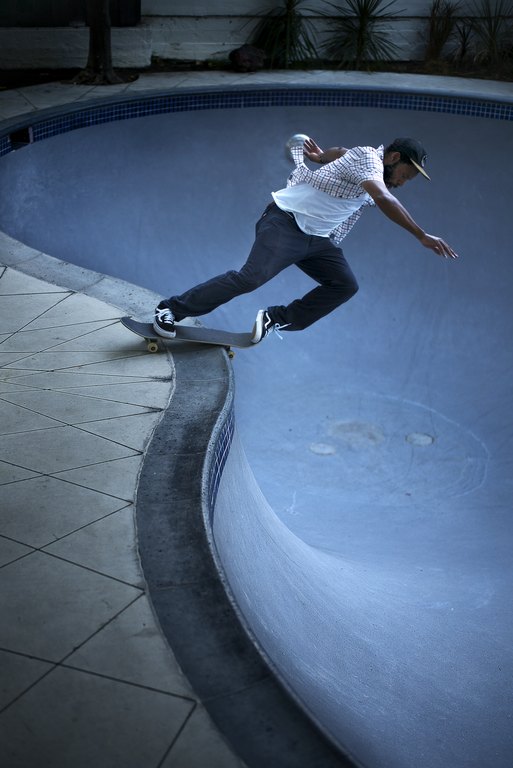
Skateboarder Ray Barbee practising in an empty pool
Armanto believes skateboarders and architects see the world in similar ways. ‘They’re always looking at their surroundings for new possibilities,’ she says. ‘I feel like skateboarders are constantly pushing the boundaries of how to interact with their surroundings. Pools were made for swimming and yet, in a perfect storm of events, they were emptied and skateboarders found them, and learned how to fly in the air.’
‘Concrete Currents’, also at Aalto2, showcases photographic work from Finnish skateboarder and photographer Arto Saari – including shots of skaters in Aalto-inspired kidney-shaped pools across California. ‘It has been amazing to see how Aalto’s design has broken down barriers and created a new living organism,’ says Saari. The pool at Villa Mairea, he adds, ‘ultimately became much more than just a swimming pool’.
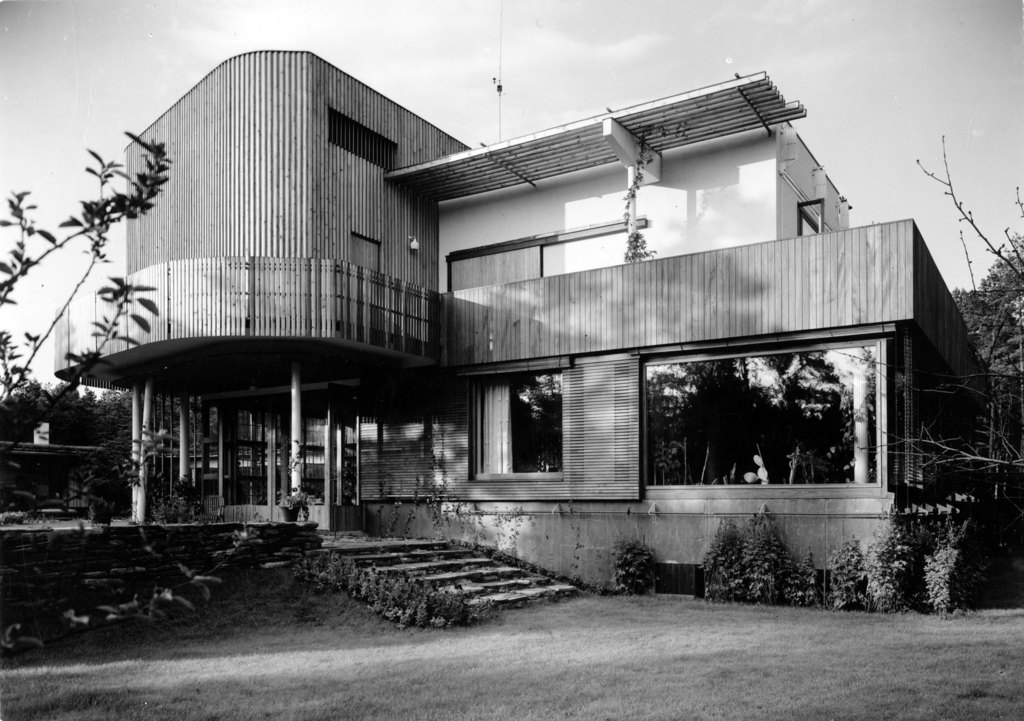
Villa Mairea (1938–39)
Francesca Perry is a London-based writer and editor covering design and culture. She has written for the Financial Times, CNN, The New York Times and Wired. She is the former editor of ICON magazine and a former editor at The Guardian.
-
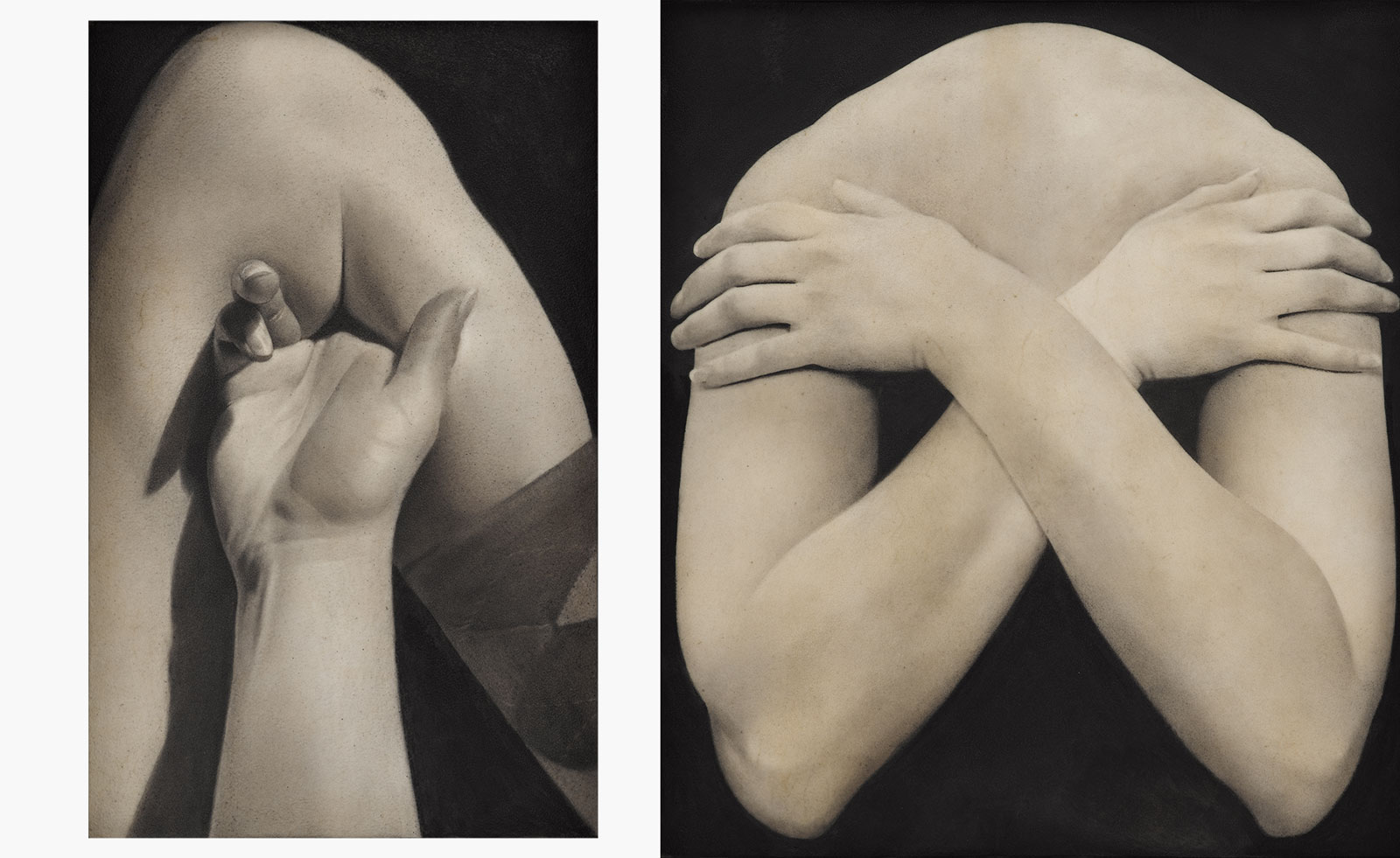 Put these emerging artists on your radar
Put these emerging artists on your radarThis crop of six new talents is poised to shake up the art world. Get to know them now
By Tianna Williams
-
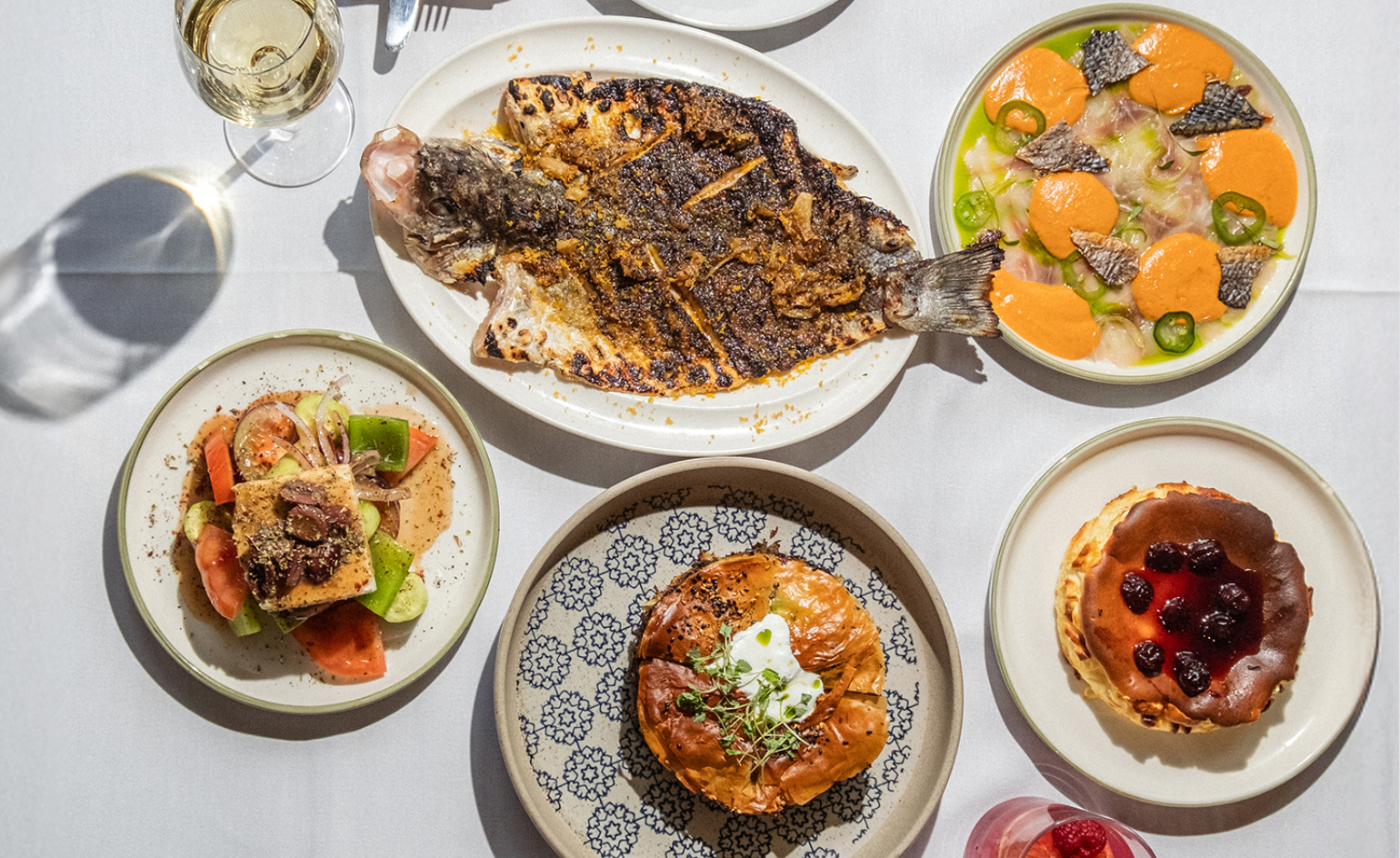 Dining at Pyrá feels like a Mediterranean kiss on both cheeks
Dining at Pyrá feels like a Mediterranean kiss on both cheeksDesigned by House of Dré, this Lonsdale Road addition dishes up an enticing fusion of Greek and Spanish cooking
By Sofia de la Cruz
-
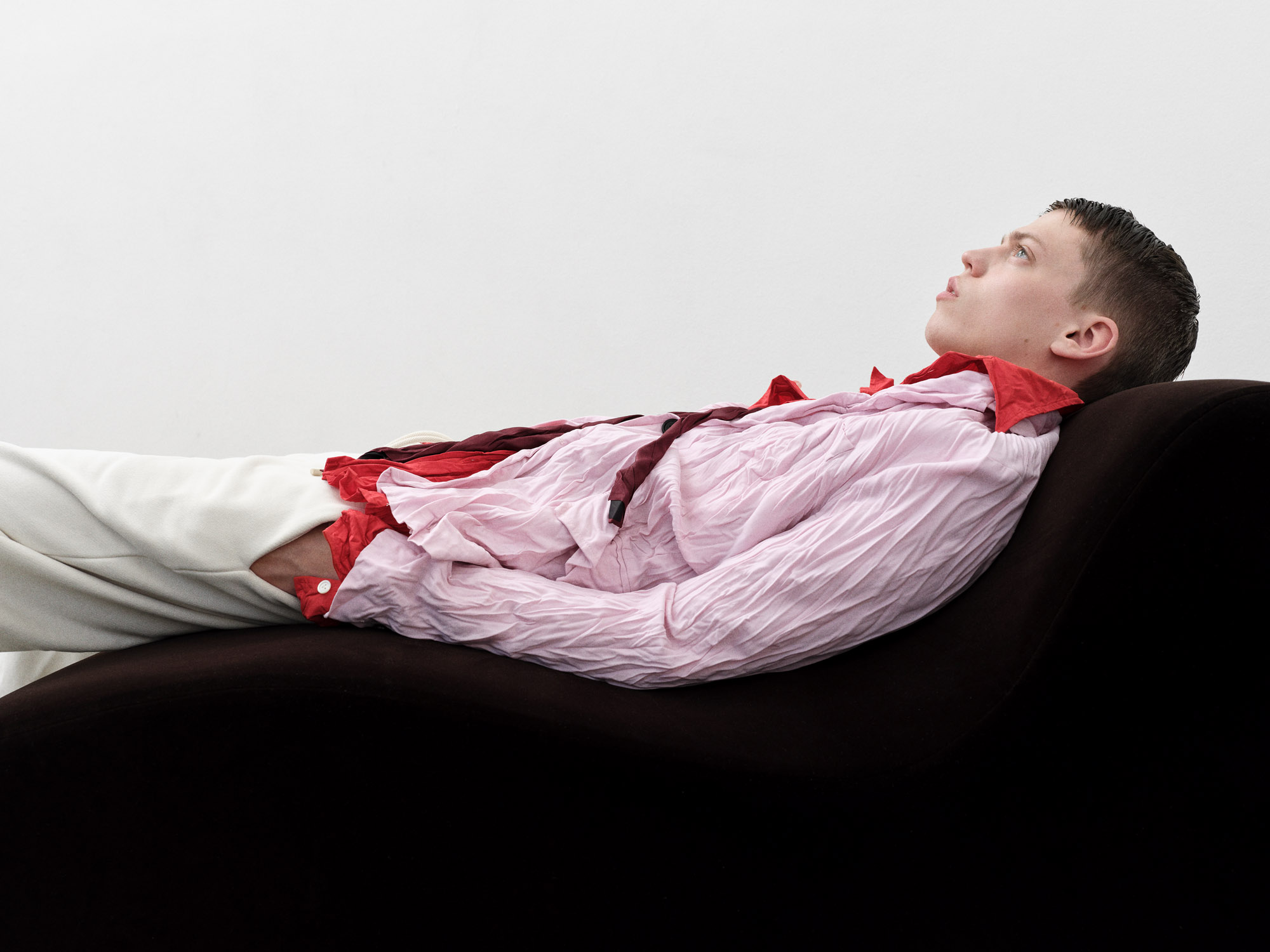 Creased, crumpled: S/S 2025 menswear is about clothes that have ‘lived a life’
Creased, crumpled: S/S 2025 menswear is about clothes that have ‘lived a life’The S/S 2025 menswear collections see designers embrace the creased and the crumpled, conjuring a mood of laidback languor that ran through the season – captured here by photographer Steve Harnacke and stylist Nicola Neri for Wallpaper*
By Jack Moss
-
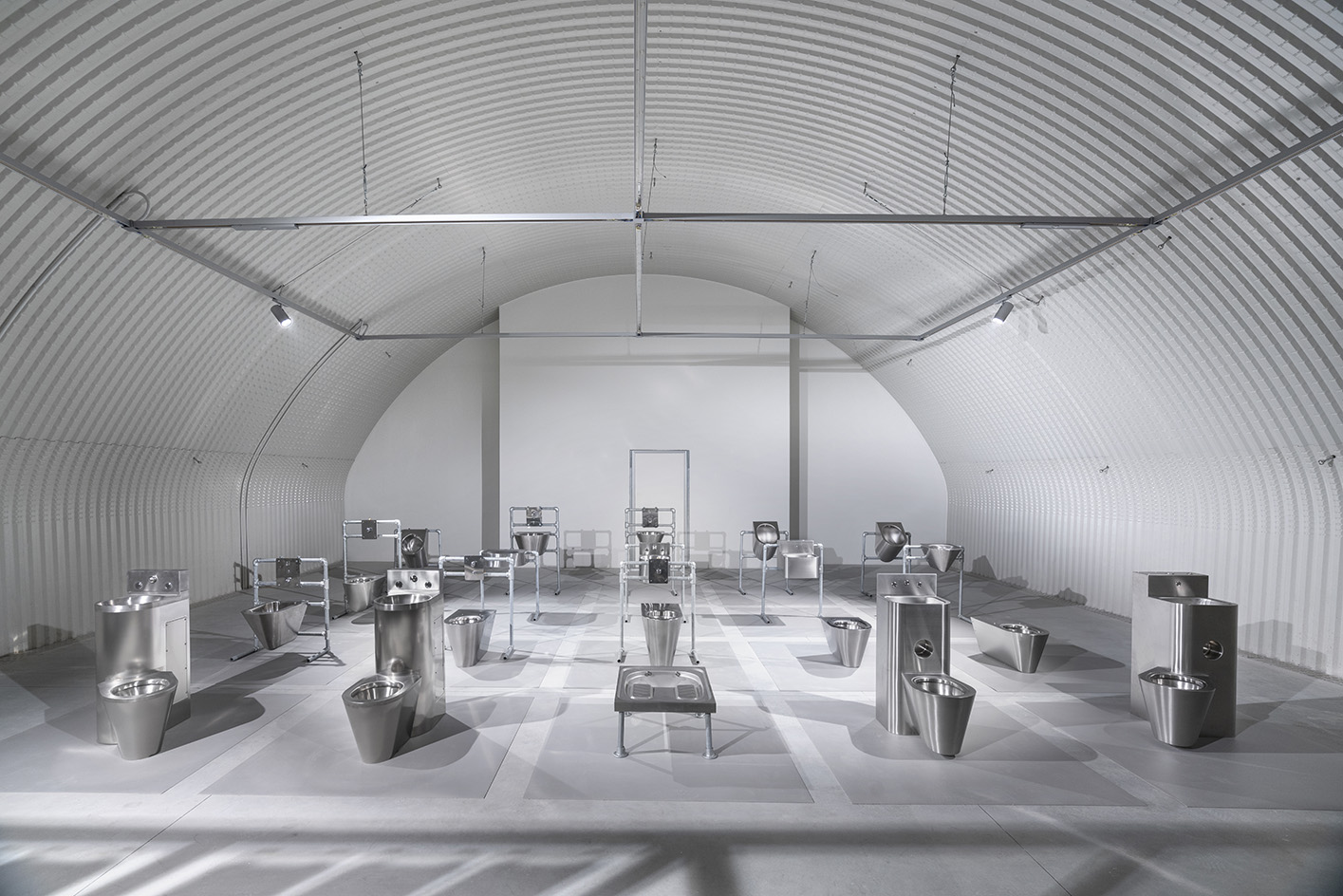 Milan Design Week: Dropcity challenges detention space design with 'Prison Times'
Milan Design Week: Dropcity challenges detention space design with 'Prison Times'Dropcity's inaugural exhibition 'Prison Times – Spatial Dynamics of Penal Environments', opens a few days before the launch of Milan Design Week and discusses penal environments and their spatial design
By Ellie Stathaki
-
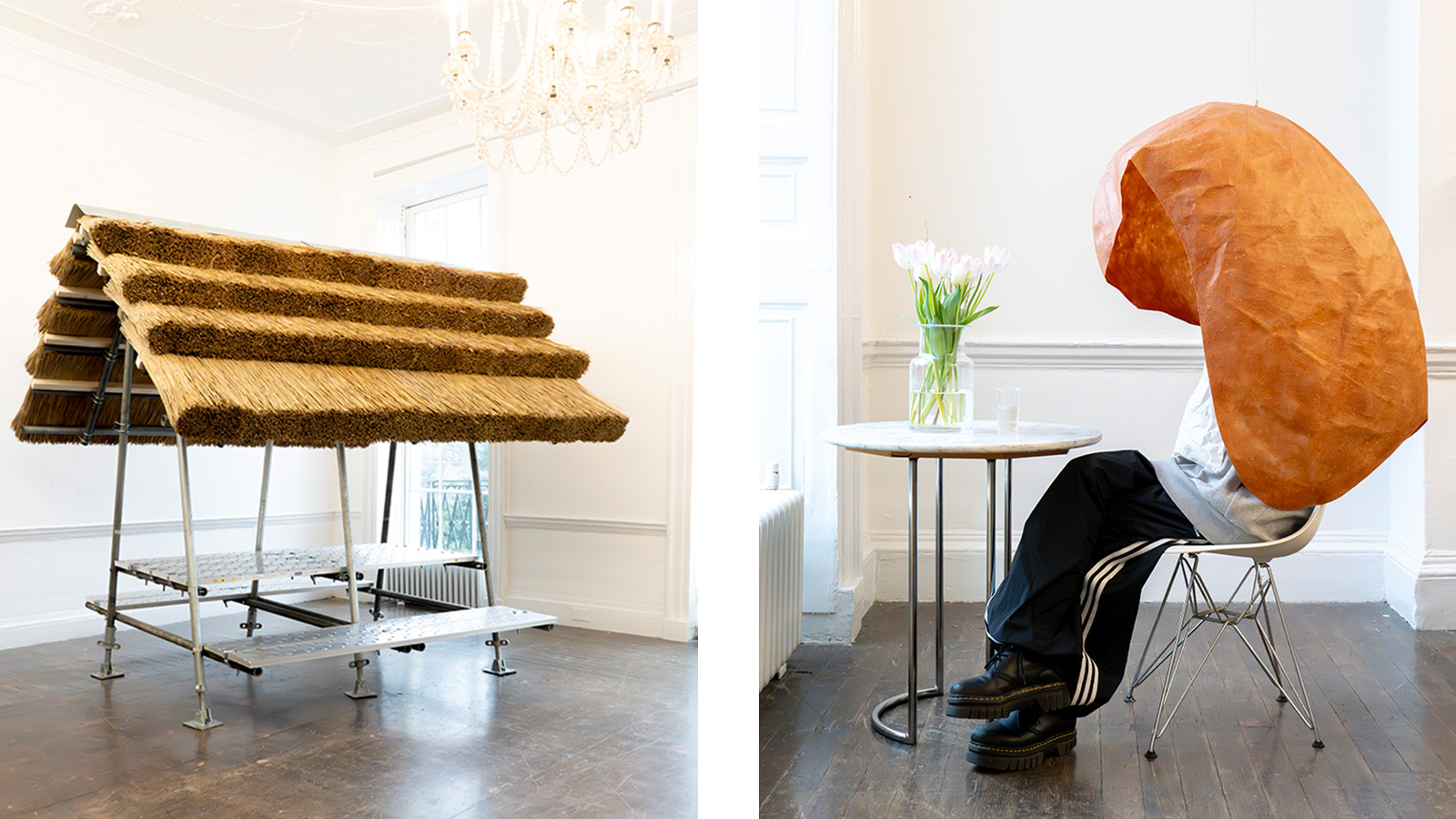 From a mobile pub to a thatched canopy: Japanese architecture and craft explored at AA show in London
From a mobile pub to a thatched canopy: Japanese architecture and craft explored at AA show in London'Distillation of Architecture', a new AA show in London, pairs architects with materials and makers in an exploration of craft through the Japanese lens
By Ellie Stathaki
-
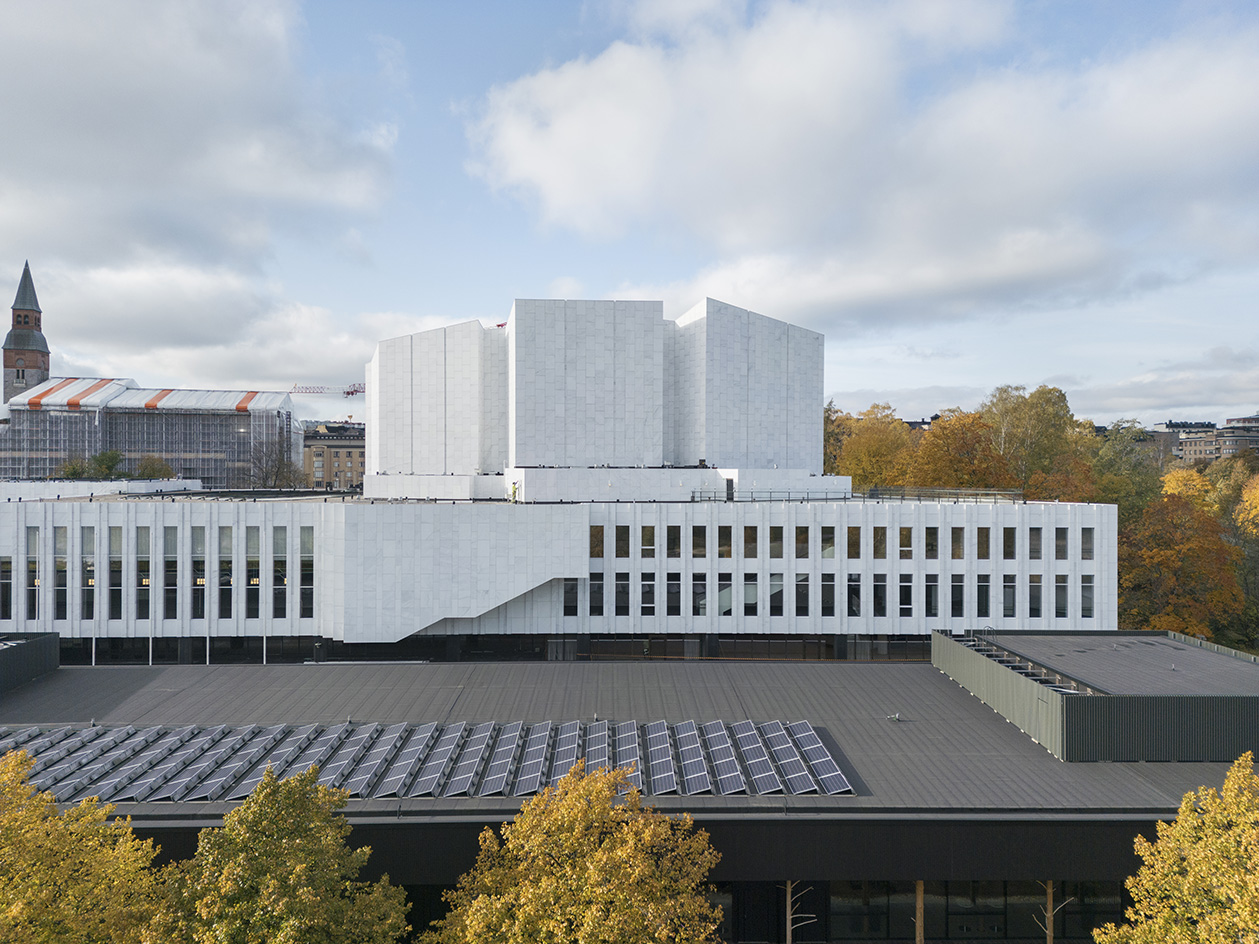 Alvar Aalto: our ultimate guide to architecture's father of gentle modernism
Alvar Aalto: our ultimate guide to architecture's father of gentle modernismAlvar Aalto defined midcentury – and Finnish – architecture like no other, creating his own, distinctive brand of gentle modernism; honouring him, we compiled the ultimate guide
By Vicky Richardson
-
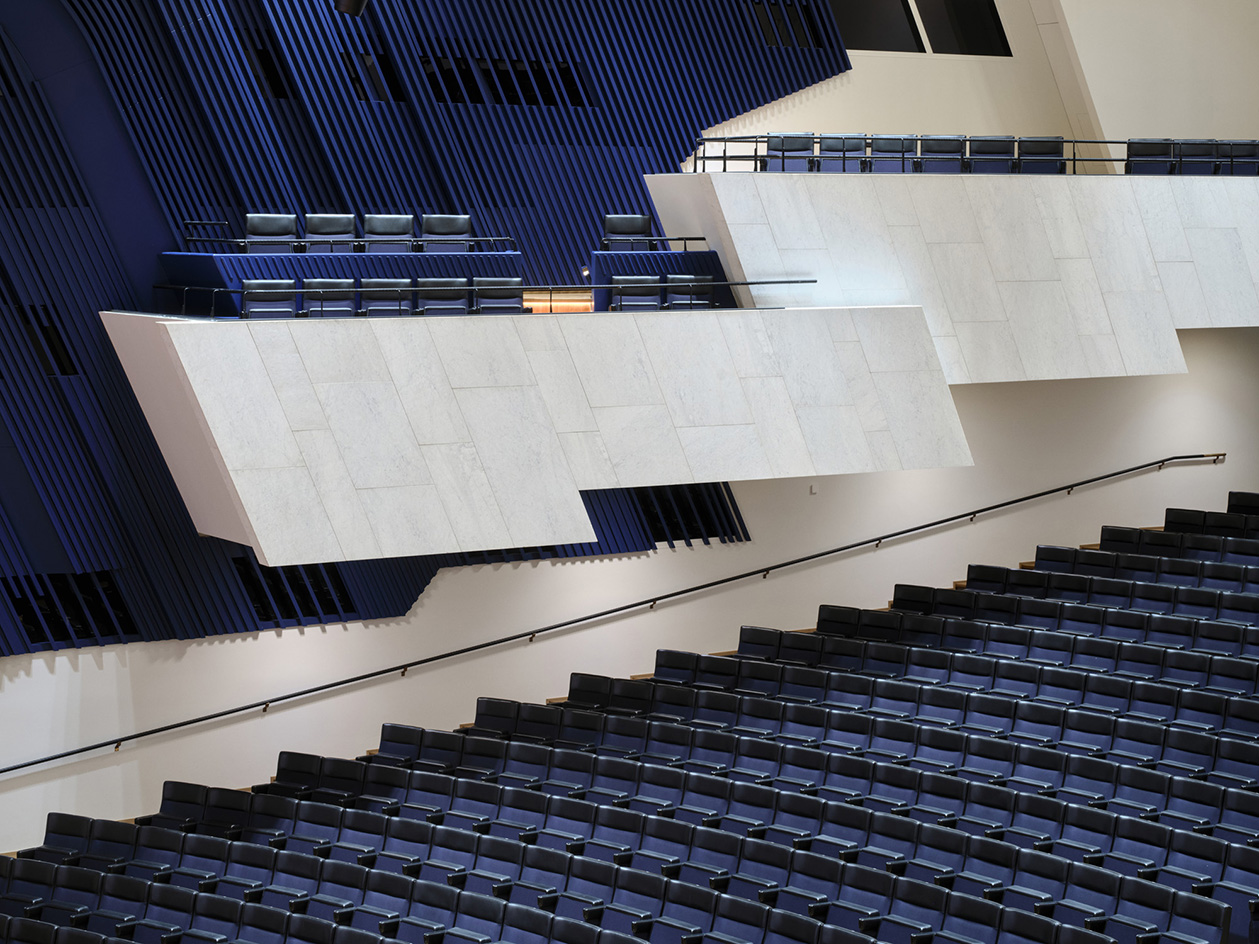 Design Awards 2025: Alvar Aalto's Finlandia Hall is a modernist gem reborn through sustainability and accessibility
Design Awards 2025: Alvar Aalto's Finlandia Hall is a modernist gem reborn through sustainability and accessibilityHelsinki's Finlandia Hall, an Alvar Aalto landmark design, has been reborn - highlighting sustainability and accessibility in a new chapter for the modernist classic
By Ellie Stathaki
-
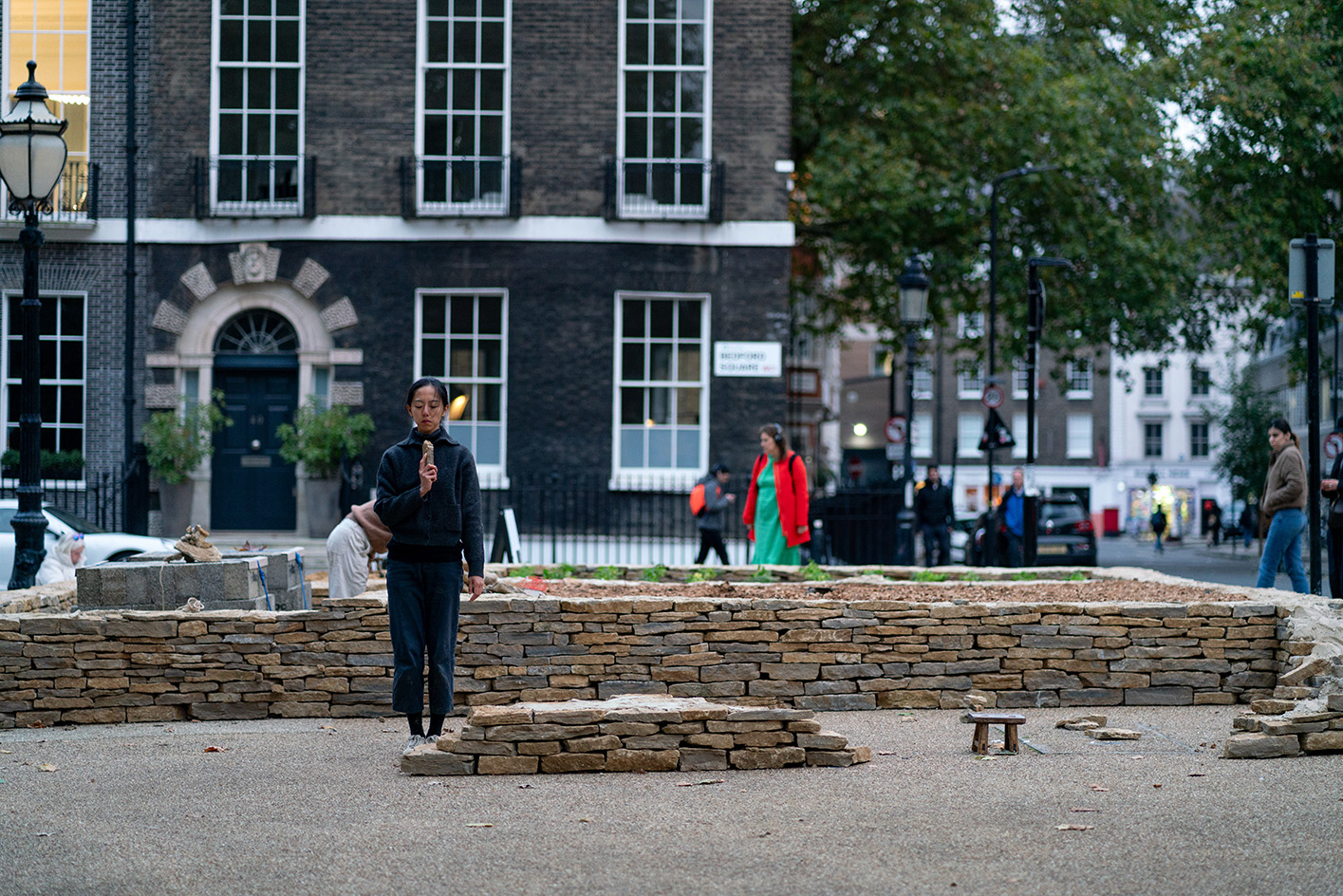 Architectural Association's newest show uncovers the architectural legacies of rural China's lost generation
Architectural Association's newest show uncovers the architectural legacies of rural China's lost generationThe Architectural Association’s ‘Ripple Ripple Rippling’ is not your typical architecture show, taking an anthropological look at the flux between rural and urban, and bringing a part of China to Bedford Square in London
By Teshome Douglas-Campbell
-
 Paul Rudolph at The Met: ‘from Christmas lights to megastructures’
Paul Rudolph at The Met: ‘from Christmas lights to megastructures’‘Materialized Space: The Architecture of Paul Rudolph’ opens at the Met in New York, exploring the modernist master's work through a feast of an exhibition
By Stephanie Murg
-
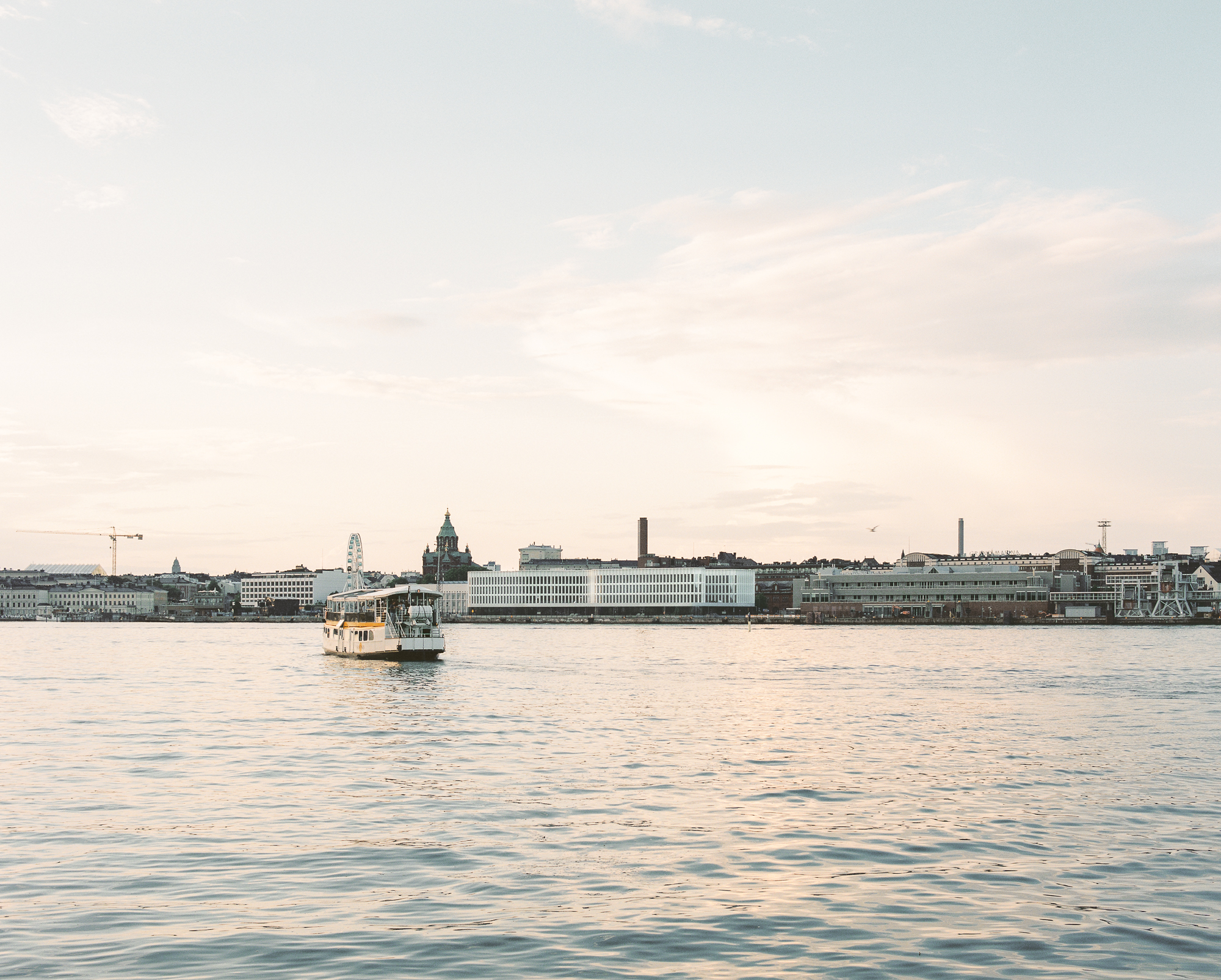 Exclusive first look: Katajanokan Laituri sets a new standard for timber architecture
Exclusive first look: Katajanokan Laituri sets a new standard for timber architectureKatajanokan Laituri, a new building in the historic Kauppatori market district of Helsinki, is made from around 7,500 cubic metres of wood, cementing Finland’s position as leader in sustainable architecture, construction and urban development
By Hugo Macdonald
-
 Wallpaper* Architects’ Directory 2024: meet the practices
Wallpaper* Architects’ Directory 2024: meet the practicesIn the Wallpaper* Architects Directory 2024, our latest guide to exciting, emerging practices from around the world, 20 young studios show off their projects and passion
By Ellie Stathaki